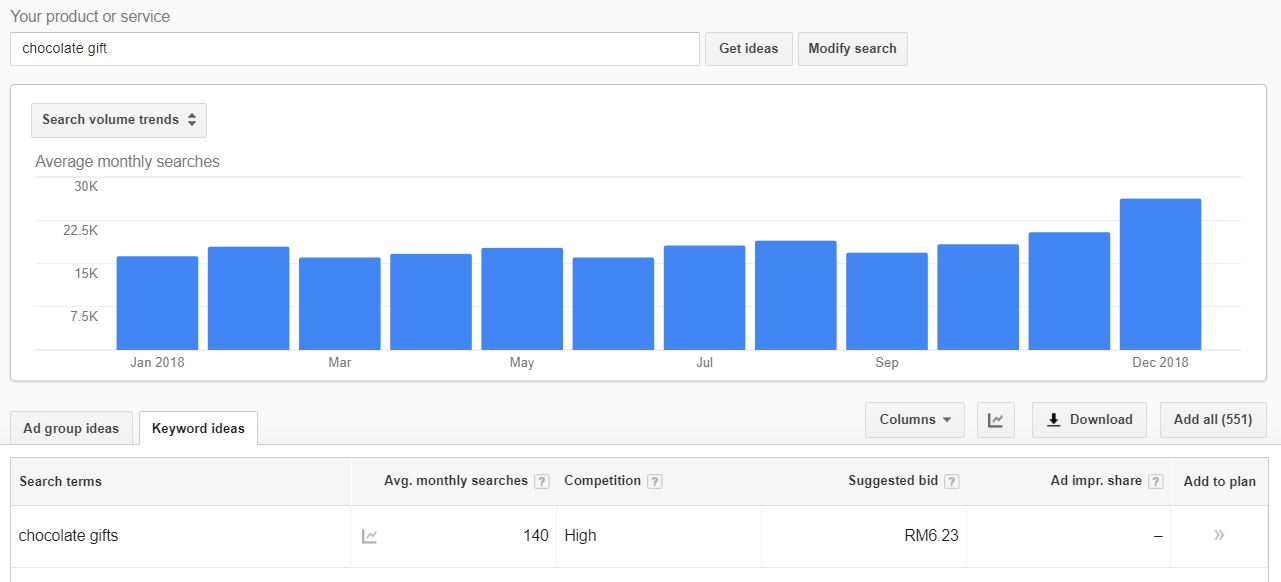While SEO should be a consistent long-term strategy, there comes a time of the year when demand for certain products will soar. Businesses would often cater their paid media plans to revolve around these periods. How can your SEO strategy keep up? Doing a little research may open up opportunities for your business’ site.
Mapping Out Seasons
Just like any marketing plan, identifying a timeline to predict when there is likely to be a higher search intent would help in improving your organic traffic. Some of these periods are:
1. Time-Based
This can be season transitions, such as from Winter to Spring. In tropical countries, it can also be based on specific months, like monsoon seasons.
2. Festivals and Celebrations
From Christmas to New Year to Valentine’s Day, festivals are always a good time to push promotion landing pages or themed items.
3. Event-Based
These are events where people look for deals, such as Black Friday or National Day Sales. It can also be for specific items, like school shoes for Back-to-School periods.
Using free tools like Google Keyword Planner, you can look up the search volumes of specific keywords throughout the year. Identifying what terms consumers look for and when they typically search for said terms can help you plan your SEO content and strategy ahead of time.

Content Planning and Implementation
Now that you know “when” people are keen to buy, it’s time to focus on “why”. Pinpoint on what keywords your consumers are looking for. Should the keyword focus be on product function, or are people looking for a good deal? You can always leverage on data from previous years to find out.
When you’re armed with information, develop and optimize content based on specific topics to push the relevant landing pages. Doing so can help in ranking for associated keywords which helps in targeting at a niche audience. For example, search trends for colours in the fashion industry can often be associated with seasons. Peach is seen as a Spring/Summer colour, while burgundy is associated with Winter/Fall.
Updating Your Website
Last but not least, your website’s navigation should feature the latest seasonal content that is relevant to that time of the year. Creating new CTAs and landing pages that are optimized with seasonal keywords can increase relevancy and appeal.
Pushing landing pages that yield the highest interest during a specific season can result in a longer dwelling time which in turn increases the chances of conversion. It’s crucial to make your site as user-friendly as possible to direct consumers towards the targeted page. You can always revert to your previous site navigations at the end of the period.



